'Golden shells and the gentle mastery of Japanese lacquer' at NGV International
Unryuan Kitamura Tatsuo (b. 1952), Kai-awase shells (installation) (Kai-awase), 2015, shell, gilt, colour pigment various, 6.5 × 8.0 to 8.0 × 9.5 cm (each), Collection of Dr Pauline Gandel, Melbourne.
MELBOURNE - The beauty and artistry of the historical Japanese ‘shell matching’ game, kai-awase, will be celebrated in a new exhibition at the centre of which will be a contemporary 720-piece set commissioned by Melbourne philanthropist and NGV donor, Pauline Gandel AC. Comprising two Japanese lacquerware shell boxes and 720 gold-gilded and hand-painted clam-shaped shells, this new edition of the game is the only complete set known to be in existence that has been produced in the traditional manner using specialised techniques and materials, offering audiences with a rare opportunity to admire the craftsmanship behind this centuries-old pastime.
Kai-awase is a game of memory and historically shell interiors were painted with matching scenes from classical Japanese literature, including the Tale of Genji and Tales of Ise. For the first time in the history of the game, in the newly commissioned edition the shells will feature hand-painted designs of Japanese and Australian flowers, painted in the traditional Japanese yamato-e and rinpa style. The set is replete with two magnificent bespoke lacquered kaioke octagonal boxes, which are used to store the shells.
The contemporary edition of the game was produced by the Japanese master lacquer artist Kitamura “Unryuan” Tatsuo, who coordinated a team of more than forty artists and artisans from Wajima, Kyoto and other regions of Japan. Over several years, Tatsuo’s dedicated team of artists, artisans, scholars and arts patrons have come together to honour, study, relearn and preserve traditional production techniques for future generations.
To contextualise the project’s significance, especially in its revitalisation and support for traditional Japanese art practices, the exhibition will also feature a comprehensive display exploring the intricate processes and refined techniques used by specialist artists and artisans across lacquer ware, metalwork, gold leaf application, hand weaving of silk cords and painting.
Presenting the cultural importance of the kai-awase game, historical examples of painted shells and exquisite eighteenth-century kaioke boxes will be on display. Further illustrating the aesthetic sophistication of Japan’s ruling classes, additional historical games have been selected from the Gandel Collection of Japanese lacquer for the exhibition, including the olfactory incense game and exquisitely crafted lacquer artworks.
Tony Ellwood AM, Director of the National Gallery of Victoria, said: ‘Prior to the completion of this set of kai-awase, there were no known complete sets still in existence, making it a culturally important and valuable art object. This exhibition is not only a celebration of Japanese craftsmanship, but also of the inspirational act of philanthropy by Pauline Gandel, whose generosity has helped to revive and strengthen some of Japan’s oldest design and art-making techniques.’
NGV Foundation Honorary Life Benefactor Pauline Gandel, said: ‘It is an honour to be the patron and sponsor of this shell box project about to be exhibited, that involved many young, dedicated artists from different fields. The underlying symbolism of the shell-matching game is the idea that each shell can only have one ‘mate’, one perfect match. Likewise, to me, is the intimate union and equal partnership of matrimony. Setting aside my beautiful, enduring and absolute life companionship with John, I feel it was a stroke of destiny that I would find one other ‘true mate’ in my lifetime – Japan and its exquisite art and lacquerware.’
Pair of shells with Tale of Genji scene, Edo period (1600–15) – 1868 shell, gilt, colour pigment, 3.2 × 4.0 × 1.2 cm (each), Collection of Dr Pauline Gandel, Melbourne.
Pair of shells with birds and flowers, Edo period (1600–15) – 1868, shell, gilt, colour pigment, 6.7 × 8.8 × 2.2 cm, Collection of Dr Pauline Gandel, Melbourne.
Pair of shells with court scene Edo period (1600–15) – 1868. Courtesy NGV International
Lidded box in the shape of shells (Kinji kai gata kōbako), late Edo period (mid nineteenth century). Courtesy NGV International
Unryuan Kitamura Tatsuo (b. 1952), Nymphaea sp. (water lily) Kai-awase shells (Kai-awase), 2015, shell, gilt, colour pigment various, 6.5 × 8.0 to 8.0 × 9.5 cm (each), Collection of Dr Pauline Gandel, Melbourne
Unryuan Kitamura Tatsuo (b. 1952), Linaria japonica (Japanese toadflax) Kai-awase shells (Kai-awase), 2015, shell, gilt, colour pigment various, 6.5 × 8.0 to 8.0 × 9.5 cm (each), Collection of Dr Pauline Gandel, Melbourne.
Unryuan Kitamura Tatsuo (b. 1952), Hibiscus mutabilis (rose of Sharon or cotton rose) Kai-awase shells (Kai-awase), 2015, shell, gilt, colour pigment various, 6.5 × 8.0 to 8.0 × 9.5 cm (each), Collection of Dr Pauline Gandel, Melbourne.
Unryuan Kitamura Tatsuo (b. 1952), Hosta sp. (plantain lily) Kai-awase shells (Kai-awase), 2015, shell, gilt, colour pigment various, 6.5 × 8.0 to 8.0 × 9.5 cm (each), Collection of Dr Pauline Gandel, Melbourne
Unryuan Kitamura Tatsuo (b. 1952), Chrysanthemum kai-oke shell boxes and kai-awase shells (installation) (Kiku maki-e kai-oke to kai-awase), 2015, lacquer on wood (maki-e, chinkin), gold, silver, silk, shell, gilt, colour pigment, Collection of Dr Pauline Gandel, Melbourne
Unryuan Kitamura Tatsuo (b. 1952), Mōri clan kai-oke shell boxes (Mōri han maki-e kai-oke), Edo period (1600–15) – 1868, lacquer on wood (maki-e), silk, 61.0 × 47.0 × 47.0 cm (each), Collection of Dr Pauline Gandel, Melbourne.
Unryuan Kitamura Tatsuo (b. 1952), Chrysanthemum kai-oke shell boxes and kai-awase shells (Kiku maki-e kai-oke to kai-awase), 2015, lacquer on wood (maki-e, chinkin), gold, silver, silk, shell, gilt, colour pigment, 58.0 × 58.0 × 65.0 cm (each), Collection of Dr Pauline Gandel, Melbourne.
Lidded box and tray with shells (Kinji rokakku kai zukushi maki-e kōbako), Meiji period (1868–1912). Courtesy NGV International
Unryuan Kitamura Tatsuo (b. 1952), Kai-oke shell box lid (Maki-e kai-oke futa), 2015, lacquer on wood (maki-e, chinkin), Collection of Dr Pauline Gandel, Melbourne
Tray with shells and water plants (Kuroji kaizukushi maki-e chōhō bon), late Edo period (mid nineteenth century). Courtesy NGV International
Comb and hairpin with kai-oke (Kai-oke kushi to kōgai) Meiji period – Taisho period 1868–1926. Courtesy NGV International
Unryuan Kitamura Tatsuo (b. 1952), Writing box with kai-awase shells (Kai-awase no kai maki-e suzuribako) 2017. Courtesy NGV International
Incense game set, Kōdōgu, Edo period (1600–15) – 1868, lacquer on wood (maki-e), silver, metal, ebony, silk, ink stone, abalone shell, colour pigment on gilt and paper, 29.4 × 34.6 × 19.5 cm (shelves), Collection of Dr Pauline Gandel, Melbourne

/https%3A%2F%2Fprofilepics.canalblog.com%2Fprofilepics%2F1%2F0%2F100183.jpg)
/https%3A%2F%2Fstorage.canalblog.com%2F03%2F02%2F119589%2F96711876_o.jpg)
/https%3A%2F%2Fstorage.canalblog.com%2F11%2F31%2F119589%2F94773502_o.jpg)
/https%3A%2F%2Fstorage.canalblog.com%2F20%2F83%2F119589%2F94772815_o.jpg)
/https%3A%2F%2Fstorage.canalblog.com%2F26%2F72%2F119589%2F75604929_o.jpg)
/https%3A%2F%2Fstorage.canalblog.com%2F59%2F60%2F119589%2F26458628_o.jpg)

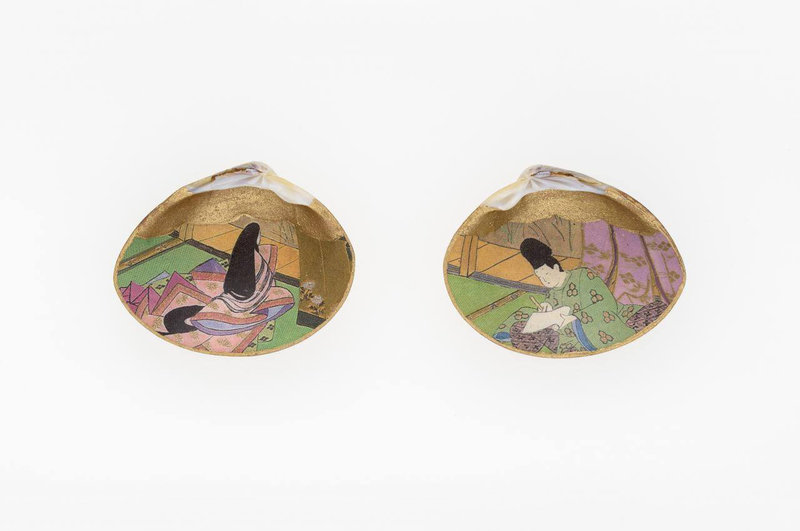








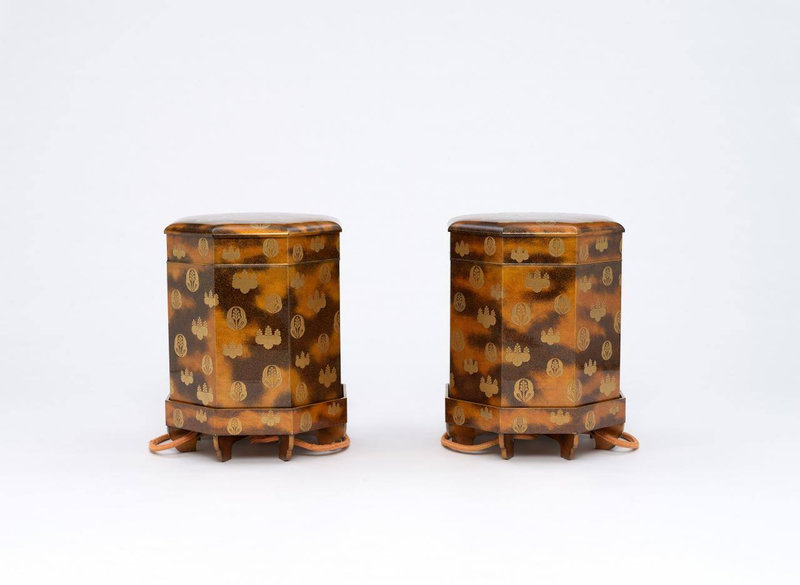
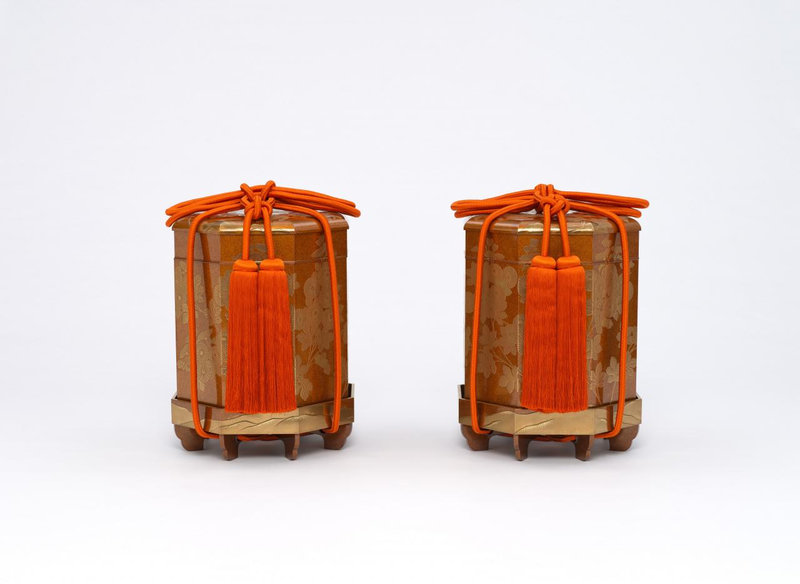
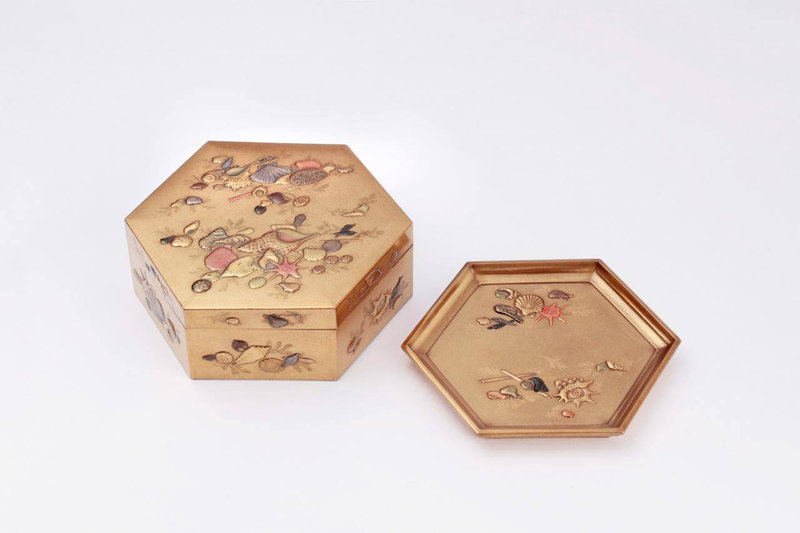
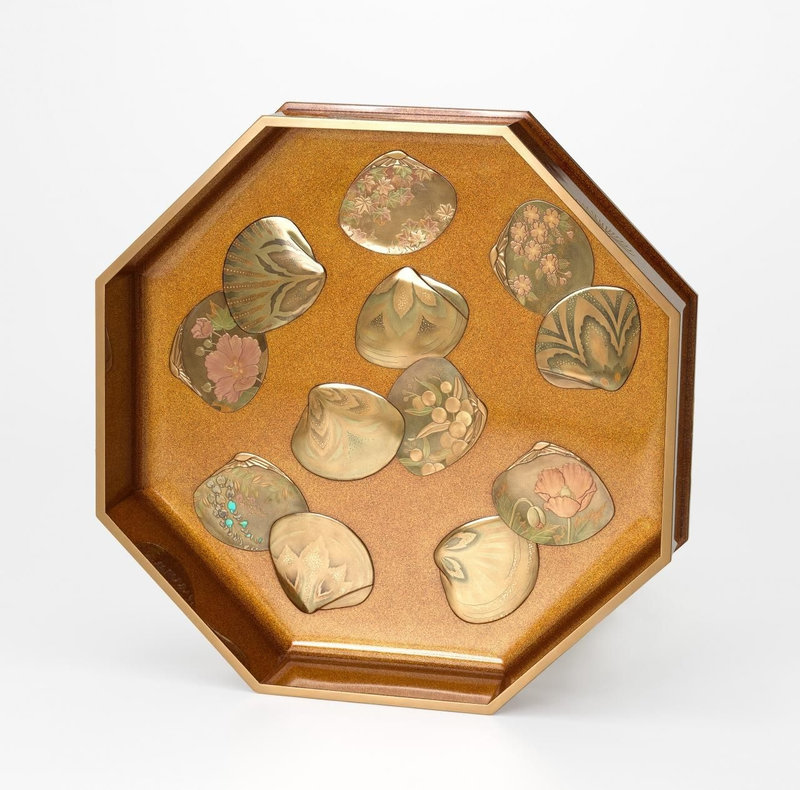


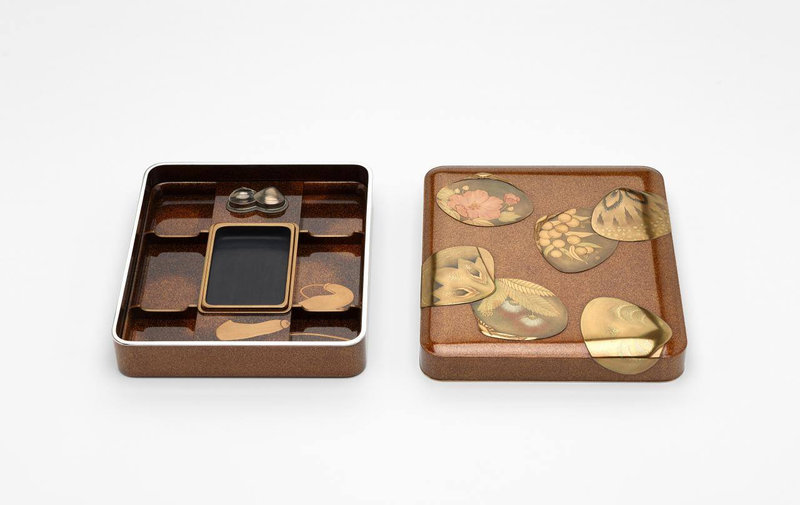



/image%2F1371349%2F20240418%2Fob_ac5c4c_telechargement.jpg)
/image%2F1371349%2F20240418%2Fob_709b64_304-1.jpg)
/image%2F1371349%2F20240418%2Fob_22f67e_303-1.jpg)
/image%2F1371349%2F20240417%2Fob_9708e8_telechargement.jpg)